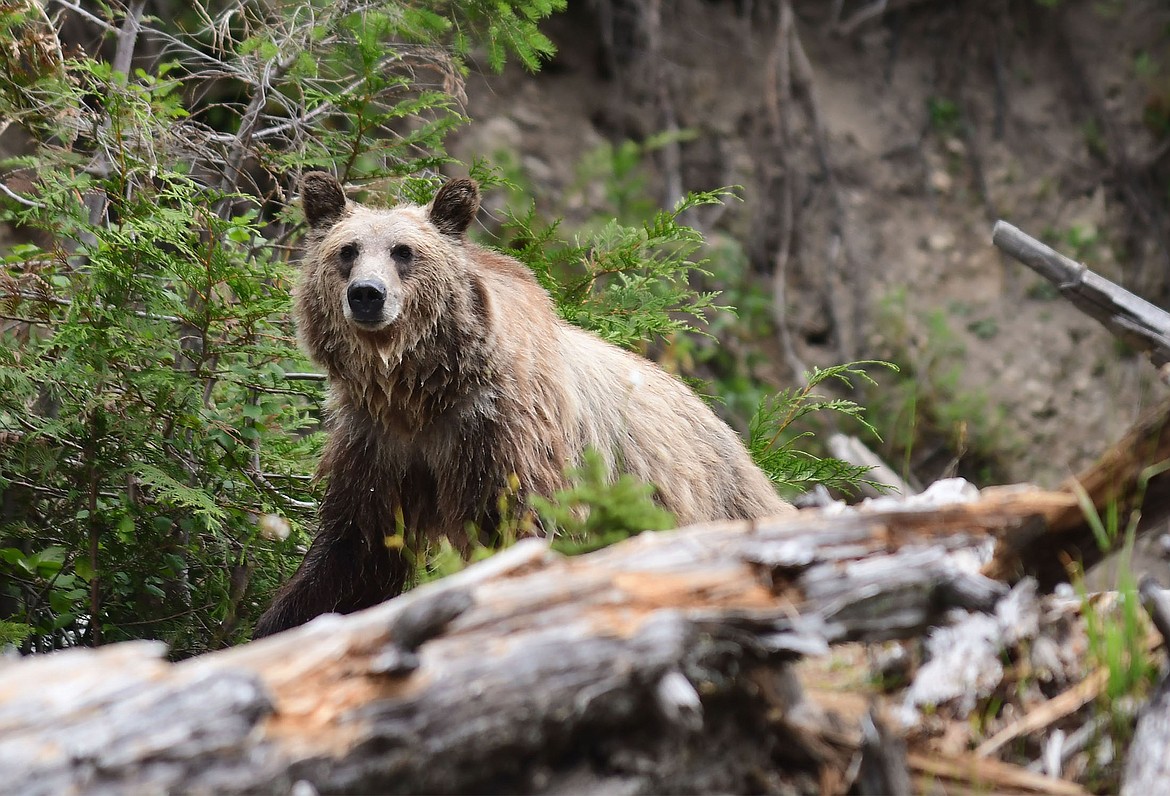Court battle over Forest roads continues
|
June 8, 2022 12:55 PM
By CHRIS PETERSON
Hungry Horse News
The Swan View Coalition and Friends of the Wild Swan recently filed suit against the U.S. Fish and Wildlife Service, claiming a recent revised biological opinion doesn’t do enough to protect threatened bull trout and grizzly bears on the Flathead National Forest...
Become a Subscriber!
You have read all of your free articles this month. Select a plan below to start your subscription today.
Already a subscriber? Login




